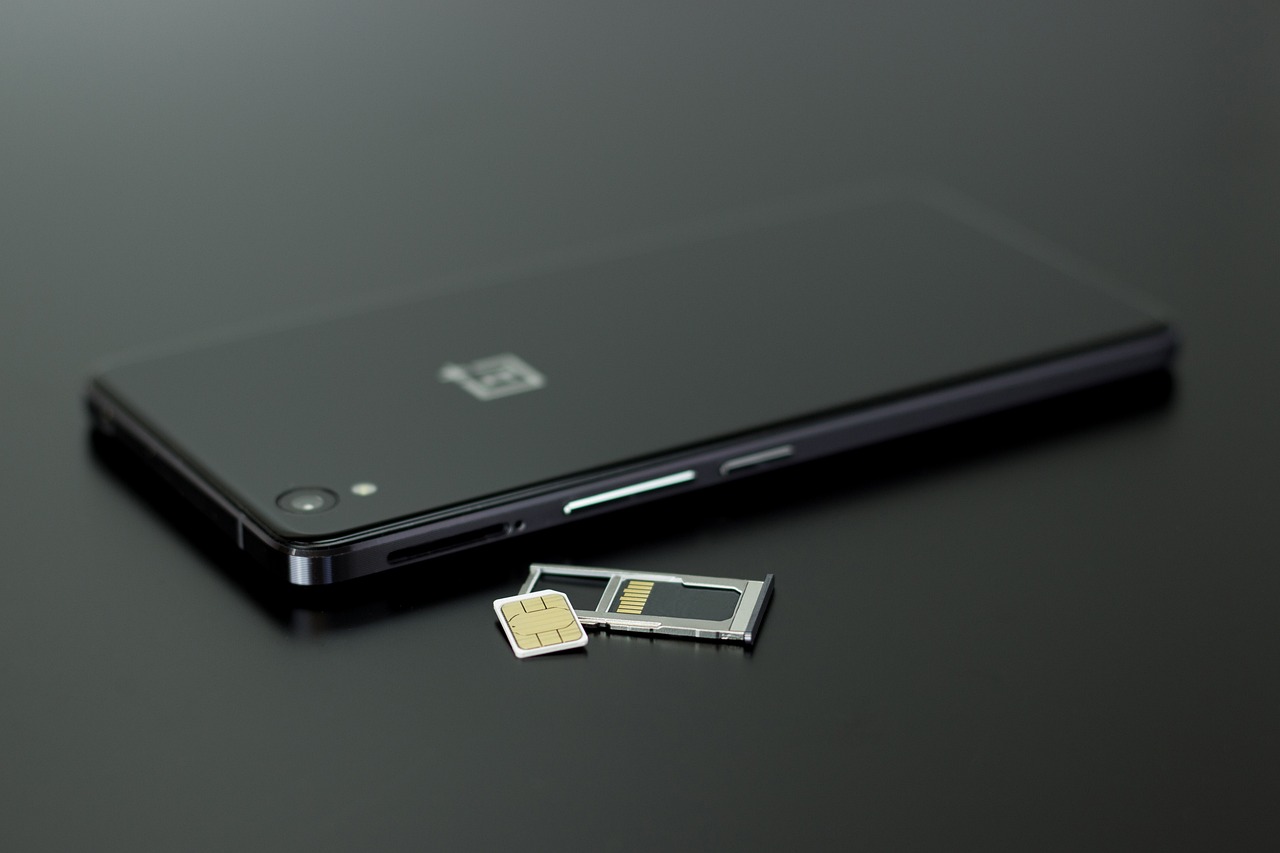
Machine-to-Machine SIM Cards: Everything You Need to Know about It
In the digital age, connectivity is key — no matter what you are doing..
We’ve moved beyond merely connecting people; now, devices themselves communicate to make our lives more efficient and seamless.
Machine-to-Machine (M2M) technology, powered by SIM cards specifically designed for machines, is at the heart of this revolution.
What Are M2M SIM Cards?
M2M SIM cards otherwise known as IoT SIM cards or M2M SIMs, are specialized subscriber identity modules tailored for non-human communication.
Unlike traditional SIMs used in phones, a M2M SIM Card in Singapore enables machines or devices to connect and exchange data over cellular networks.
The Purpose and Functionality
M2M SIM cards serve a multitude of purposes across various industries.
They facilitate communication between devices, enabling them to share information and operate autonomously.
From smart meters monitoring energy usage to vehicle tracking systems and healthcare devices, M2M SIMs empower devices to transmit critical data securely and reliably.
How Do They Work?
These SIM cards utilize cellular networks just like regular SIMs but are optimized for low-power, long-term connectivity. They enable devices to connect to the net, transfer data, and communicate with other devices or centralized systems.
The data exchanged can vary significantly, from temperature readings in a warehouse to real-time location updates of delivery trucks.
The Benefits of M2M SIM Cards
The M2M SIM cards can be quite beneficial, especially for an organization using a lot of tools and devices. Here’s what toy need to know about it.
1: Remote Management
M2M SIMs (Machine-to-Machine SIM cards) revolutionize the way devices are monitored and managed, providing an unparalleled level of remote accessibility.
They enable real-time tracking, diagnostics, and control of tools or devices from a centralized location. This capability significantly reduces the necessity for physical intervention, thereby saving time, resources, and ensuring prompt responses to any issues that arise.
2: Enhanced Security
The core of M2M SIM technology lies in its robust security measures.
Encrypted data transmission ensures that sensitive information shared between devices remains secure and protected from unauthorized access.
This encryption plays a pivotal role in safeguarding critical data, maintaining confidentiality, and bolstering the integrity of communications across networks.
3: Scalability
One of the key advantages of M2M SIMs is their exceptional scalability.
They offer a seamless and flexible approach to managing the number of connected devices. Whether scaling up or down, businesses can effortlessly accommodate changes in their device network without facing logistical complexities. This adaptability ensures that organizations can efficiently match their connectivity needs with their evolving operational requirements.
4: Global Connectivity
M2M SIM cards transcend geographical barriers, providing global connectivity across diverse countries and networks. This universal compatibility enables devices to function seamlessly irrespective of their location, ensuring uninterrupted communication and data transfer.
It proves invaluable for businesses operating on an international scale, facilitating consistent operations and connectivity across borders.
By combining these capabilities, M2M SIMs not only streamline device management but also provide a secure, scalable, and globally accessible framework for modern connectivity needs, empowering businesses to operate efficiently in an increasingly interconnected world.
Applications of M2M SIM Cards in the Industries
The M2M SIM cards, although being a pretty new invention, are being used in various works and industries. Here are a few examples of them.
1: Healthcare
Remote patient monitoring devices integrated with M2M SIMs play a pivotal role in modern healthcare. These devices collect real-time health data such as heart rate, blood pressure, glucose levels, and more from patients.
Through secure and reliable transmission facilitated by M2M SIM cards, this data is swiftly relayed to healthcare providers or centralized databases.
This instant flow of information allows healthcare professionals to remotely monitor patients, detect anomalies, and intervene promptly if necessary.
It facilitates proactive care management, especially for individuals with chronic illnesses, ensuring timely medical attention and reducing the need for frequent in-person visits.
2: Transportation
In the transportation sector, fleet management systems leverage M2M SIM cards to monitor vehicles in real time. These SIM-enabled systems track the location, performance metrics, and operational status of each vehicle within a fleet.
By collecting and transmitting this data, logistics managers can optimize routes, predict maintenance needs, improve fuel efficiency, and enhance overall fleet performance.
It ensures seamless communication between vehicles, dispatchers, and central management, leading to more efficient operations and cost-effective transportation logistics.
3: Utilities
Smart meters equipped with M2M SIM technology have revolutionized the way utility companies manage resources. These meters are installed in homes or businesses to monitor electricity, water, or gas consumption in real time.
Through M2M-enabled connectivity, these smart meters automatically transmit usage data to utility providers. This data helps companies analyze consumption patterns, forecast demand accurately, identify potential issues like leaks or overages, and optimize distribution networks.
As a result, utility companies can make informed decisions, reduce operational costs, and offer more tailored services to consumers while promoting sustainable resource management.




Average Rating